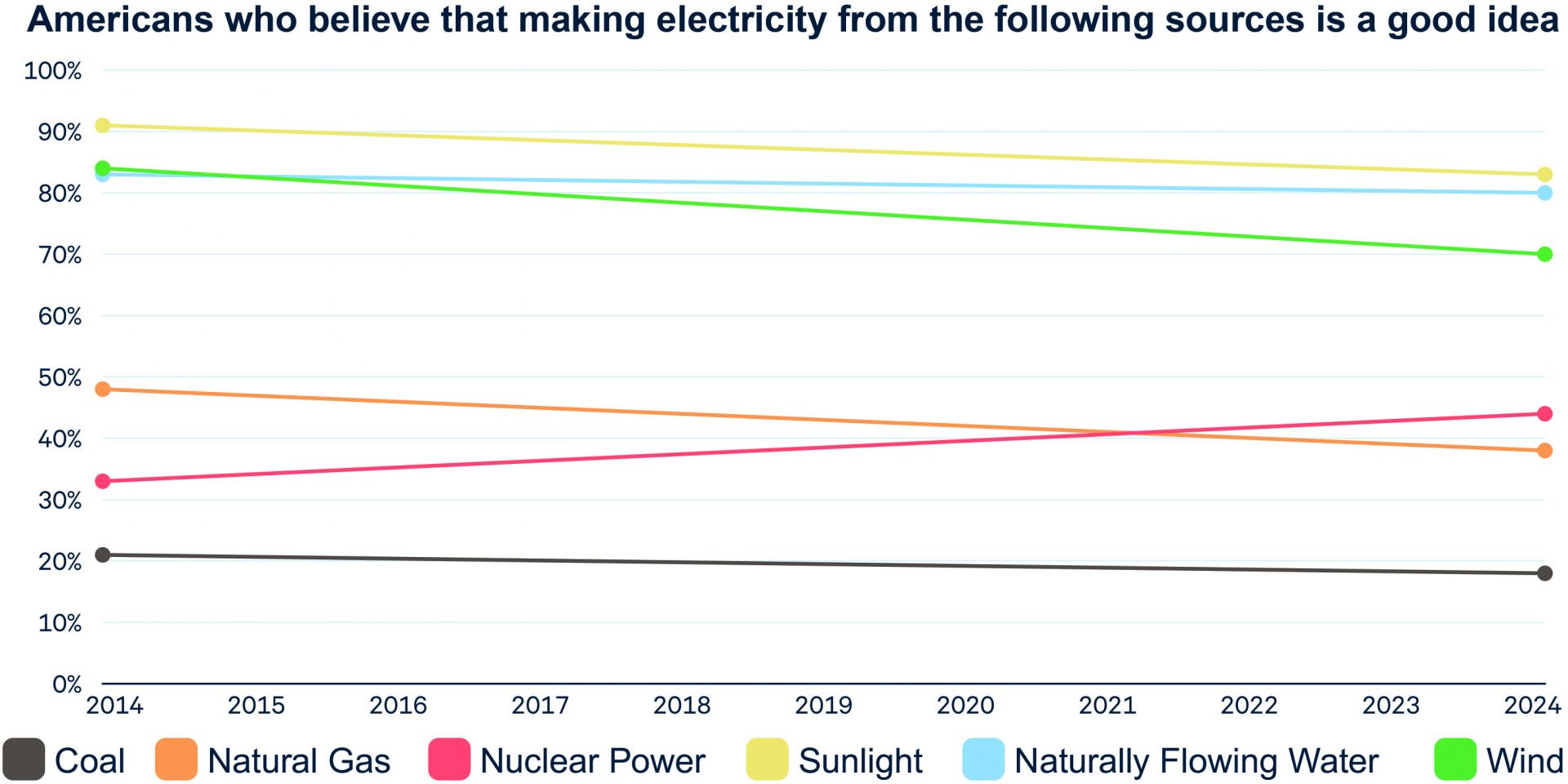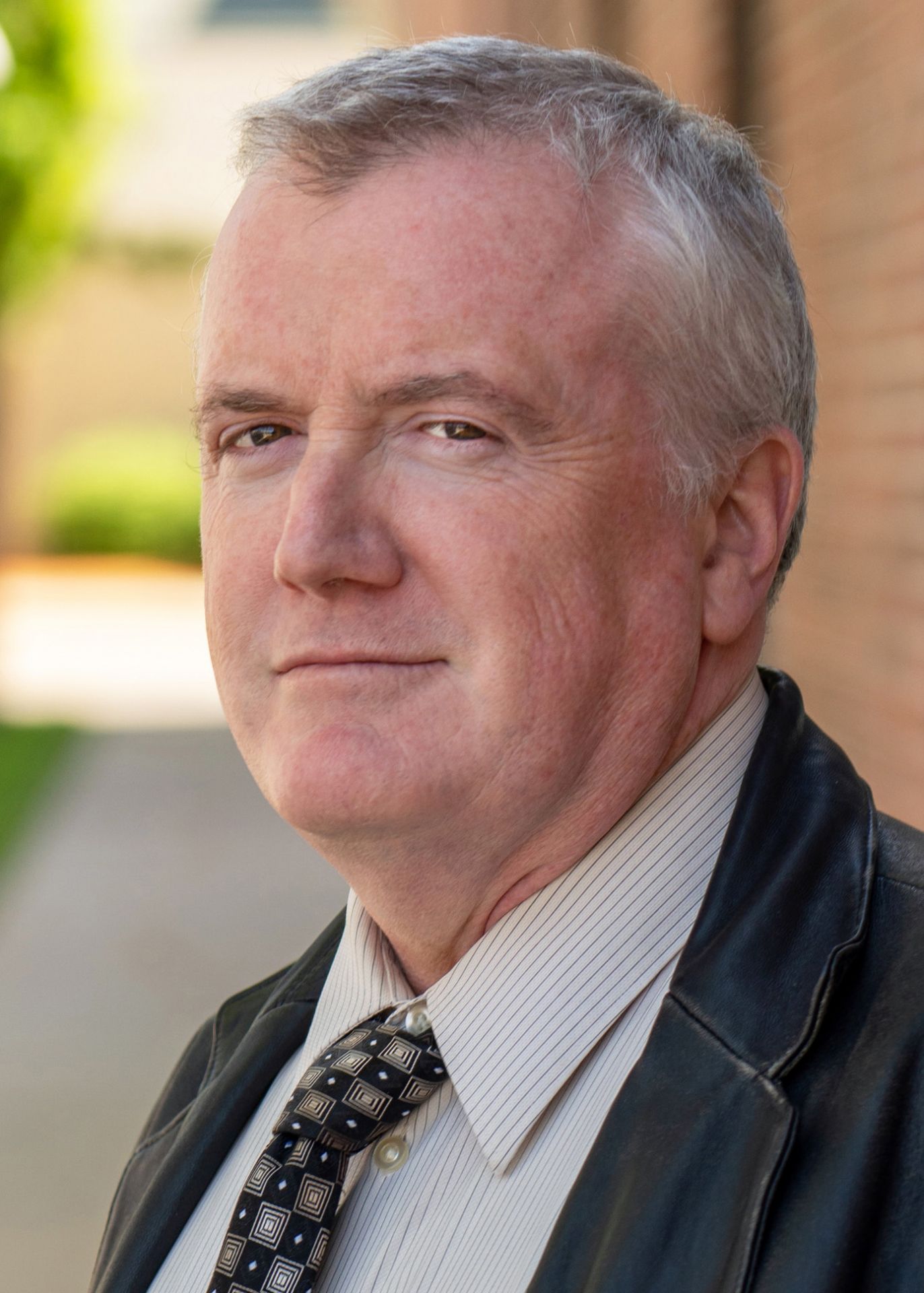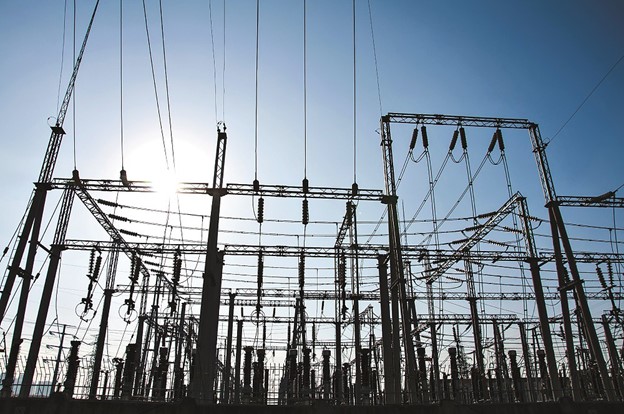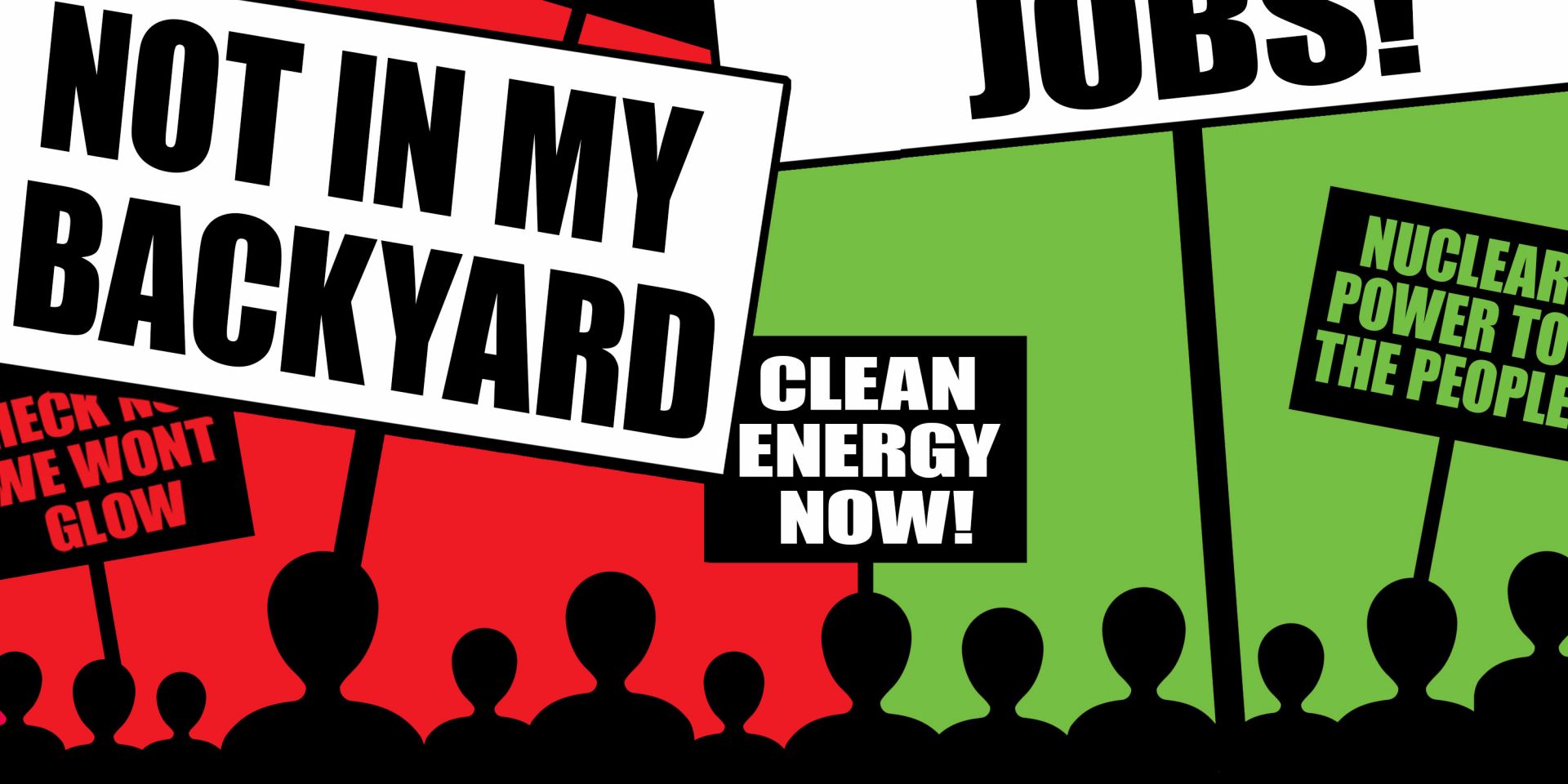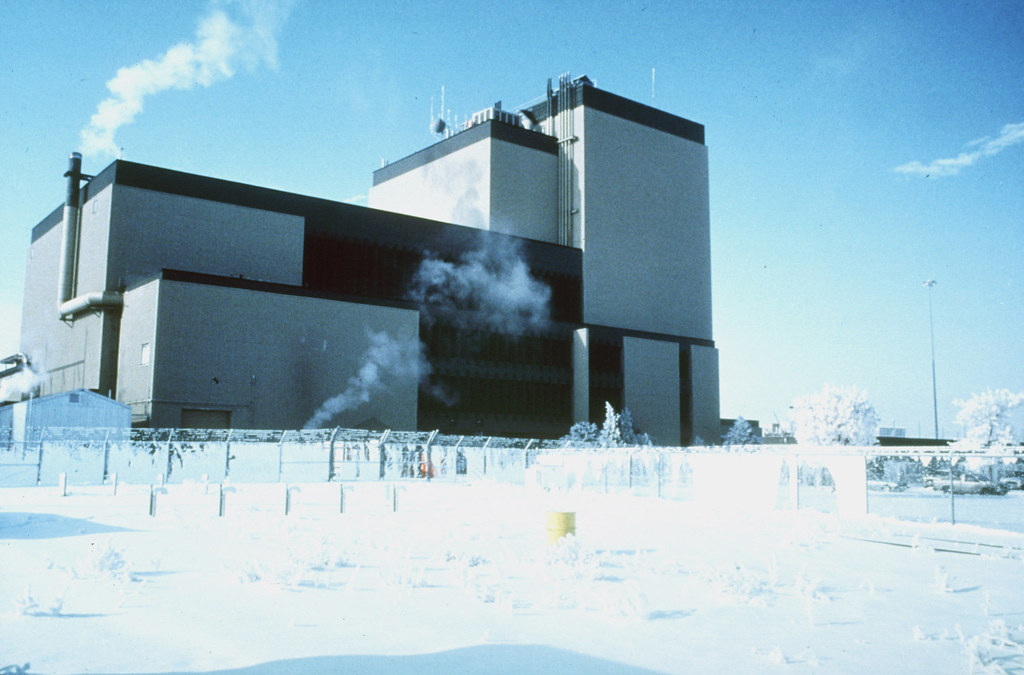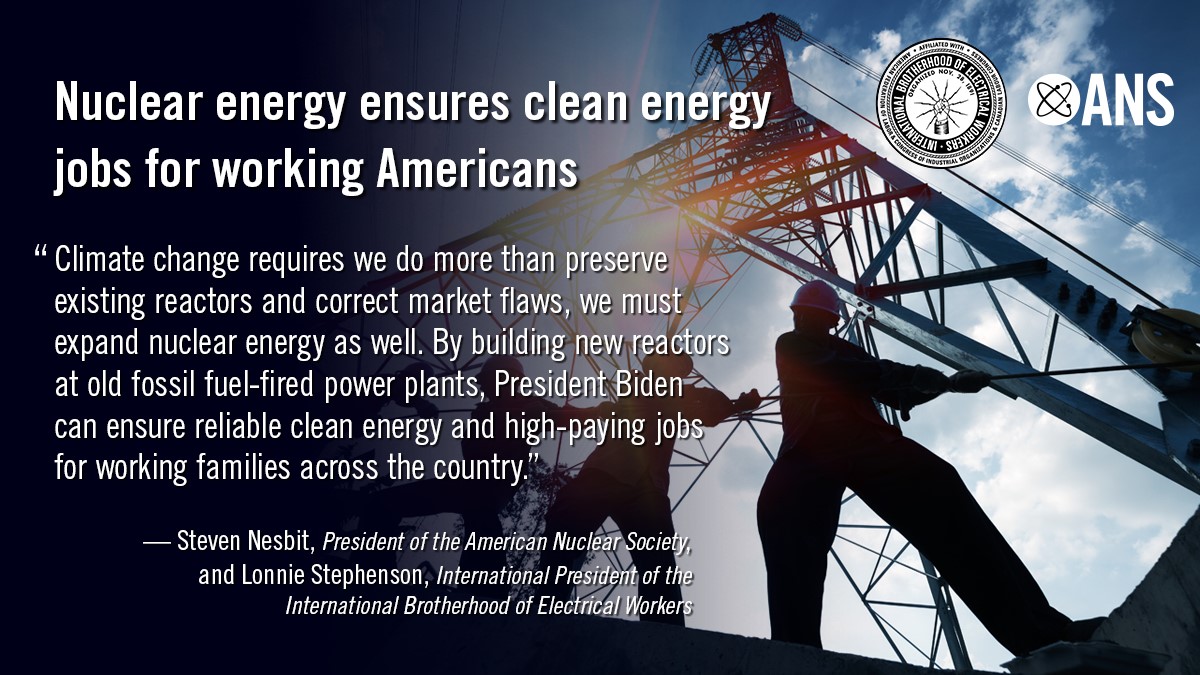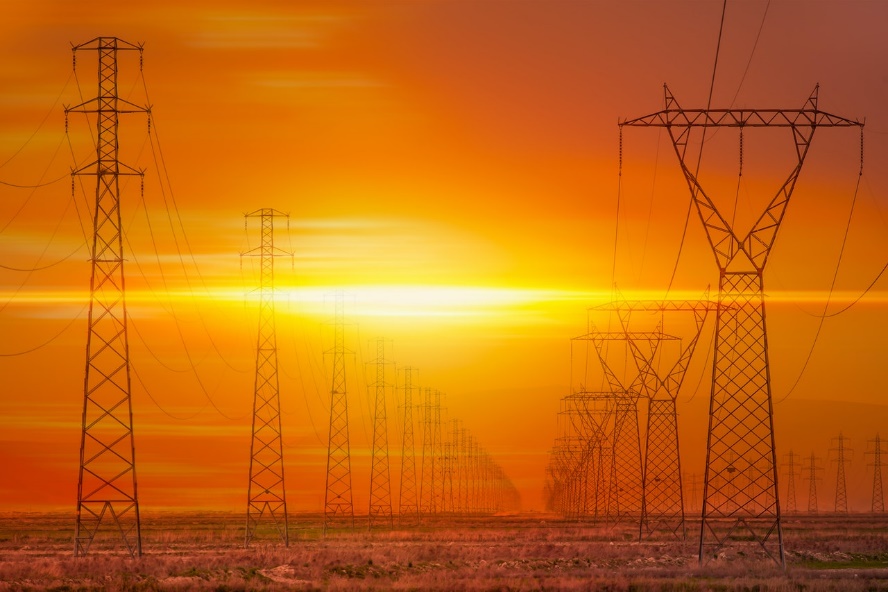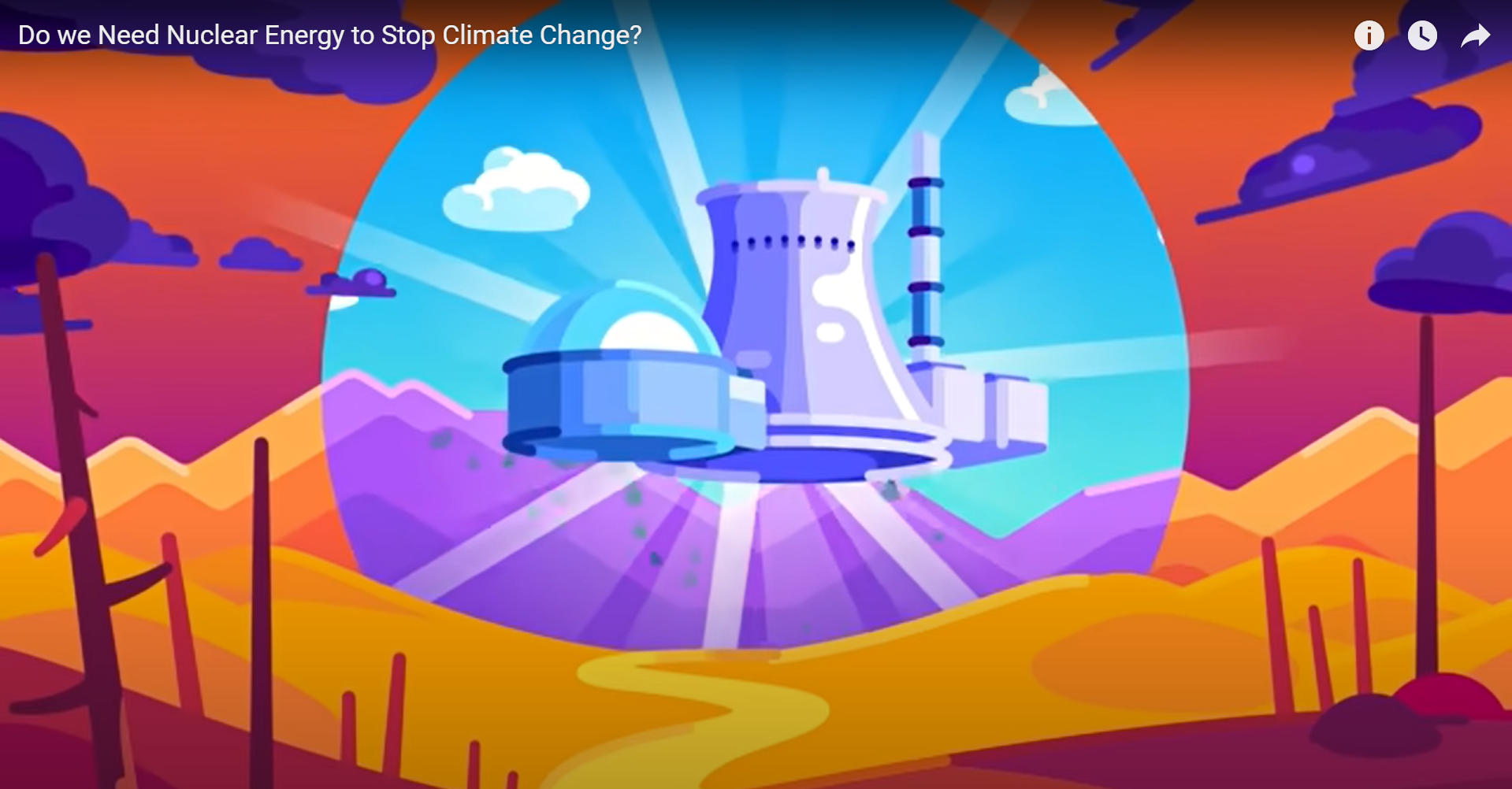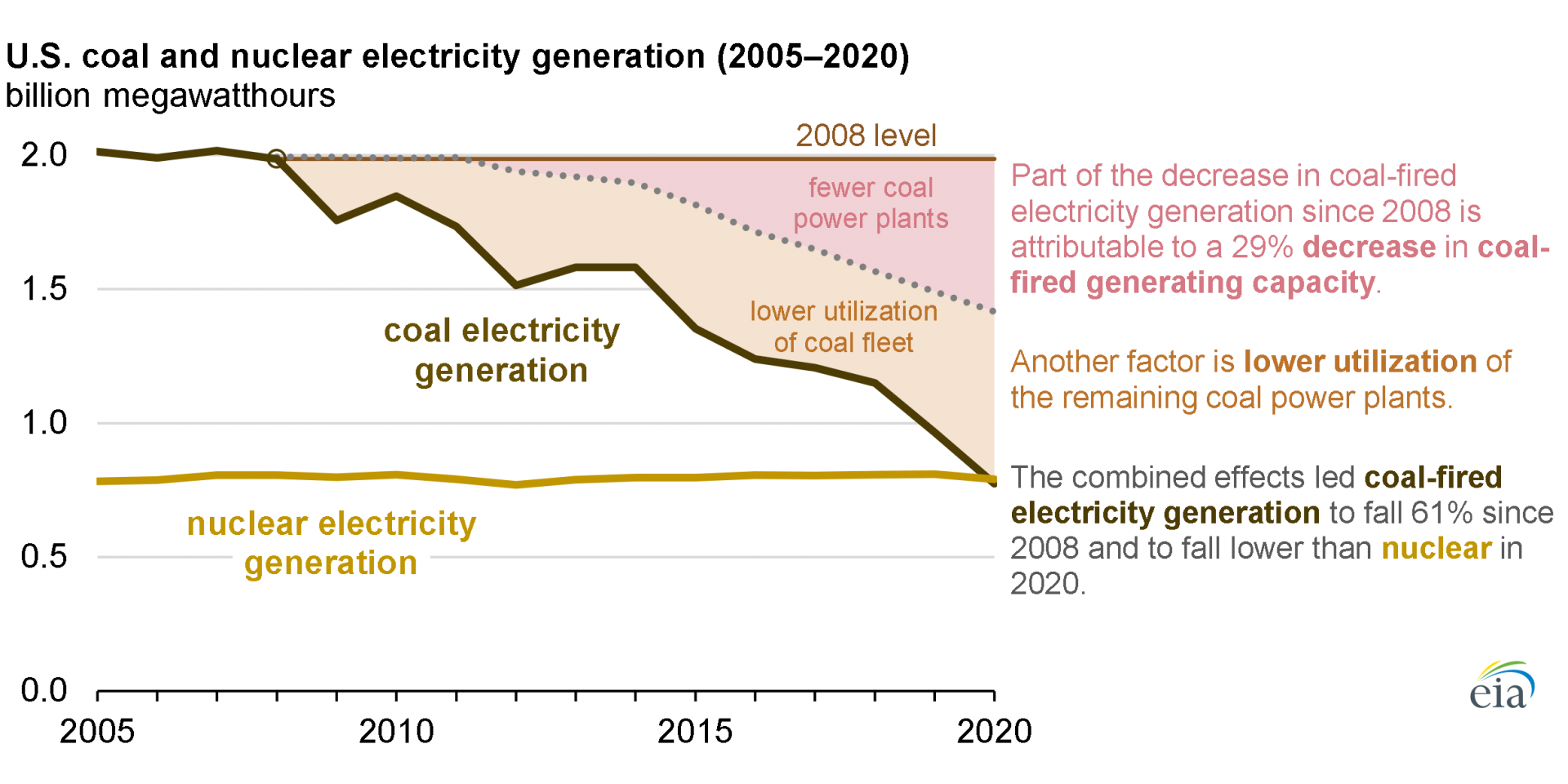Nuclear was the only energy source to show a boost in public opinion over the past decade. (Graph: Jon A. Krosnick and Bo MacInnis, Climate Insights 2024: American Understanding of Climate Change; Washington, DC: Resources for the Future; 2024.)
A new report based on what its authors call “the definitive American public opinion surveys on climate change and the environment” has found a statistically significant increase in the percentage of survey respondents who think nuclear power is a good way to generate electricity, relative to a survey that asked the same question in 2013. That’s despite evidence that “Americans’ views on climate change have remained remarkably steady.” The new report, Climate Insights 2024: American Understanding of Climate Change, is the product of a 27-year polling partnership led by the Political Psychology Research Group at Stanford University and Resources for the Future (RFF), and it was released July 15.
Three of the USGS's critical minerals: (Left to right) A piece of native copper recovered by dissolution of the host rock (Photo: Jonathan Zander); A sample of praseodymium in a vial of argon (Photo: Jurii/Wikimedia Commons); A billet of high-enriched uranium that was recovered from scrap processed at the DOE’s Y-12 National Security Complex in Oak Ridge, Tenn (Photo: DOE).
Last year, the U.S. Geological Survey (USGS) released its 2022 list of 50 minerals that are essential to the function of our society, especially the economy and national security. Whether it’s indium for LCD screens and aircraft wind shielding, cobalt for iPhones, uranium for nuclear reactors and munitions, rare earth elements for wind turbine magnets, lithium for rechargeable batteries, or tantalum for electronic components, if we do not have an ample supply, bad things will happen.
Research being done at INL’s Energy Systems Laboratory is providing information on how nuclear power plants can contribute to effective energy storage and discharge, to aid in arbitrage. (Photo: INL)
Can nuclear power plants prosper in the grid of 2030 or 2035, when new wind and solar farms will make electricity prices even more volatile? Can plants install energy storage that will help them keep running at full power, 24/7, to ride out times of surplus and sell their energy only when prices are high?
Fort St. Vraine (Photo: NRC)
In a May 15 piece, the editorial board of The Denver Gazette has weighed in on Colorado’s continuing controversy regarding how the state gets its electricity. While the current discourse in the state primarily pits fossil fuels against wind and solar, the board asks, “How about an energy source that generates almost limitless power, leaves no carbon footprint, and produces practically no emissions? It’s nuclear power—as green as you can get.”
A statement from Steven P. Nesbit, president of the American Nuclear Society, and Lonnie R. Stephenson, international president of the International Brotherhood of Electrical Workers.
September 8, 2021, 6:59AMANS Nuclear CafeSteven P. Nesbit and Lonnie R. Stephenson America’s electric utility workers and nuclear engineers are ready to work together to help rapidly decarbonize and electrify the economy. We welcome provisions in the bipartisan infrastructure bill that aim to prevent premature closures of our nuclear power plants. Through measures such as production tax credits, President Biden can safeguard America’s largest carbon-free energy source by recognizing the clean-air contributions of nuclear energy.
A screenshot from the Kurzgesagt YouTube video
The German animation studio Kurzgesagt released a new video to its English YouTube channel last week to answer the question, “Do we need nuclear energy to stop climate change?” The studio’s channel on YouTube is self-described as a small team working to make science look beautiful. Its videos discuss a variety of scientific, technological, philosophical, and psychological questions, and it has more than 14 million subscribers. The channel recently discussed the question of deaths caused by radiation—spoiler alert, nuclear is among the safest of all energy production.




